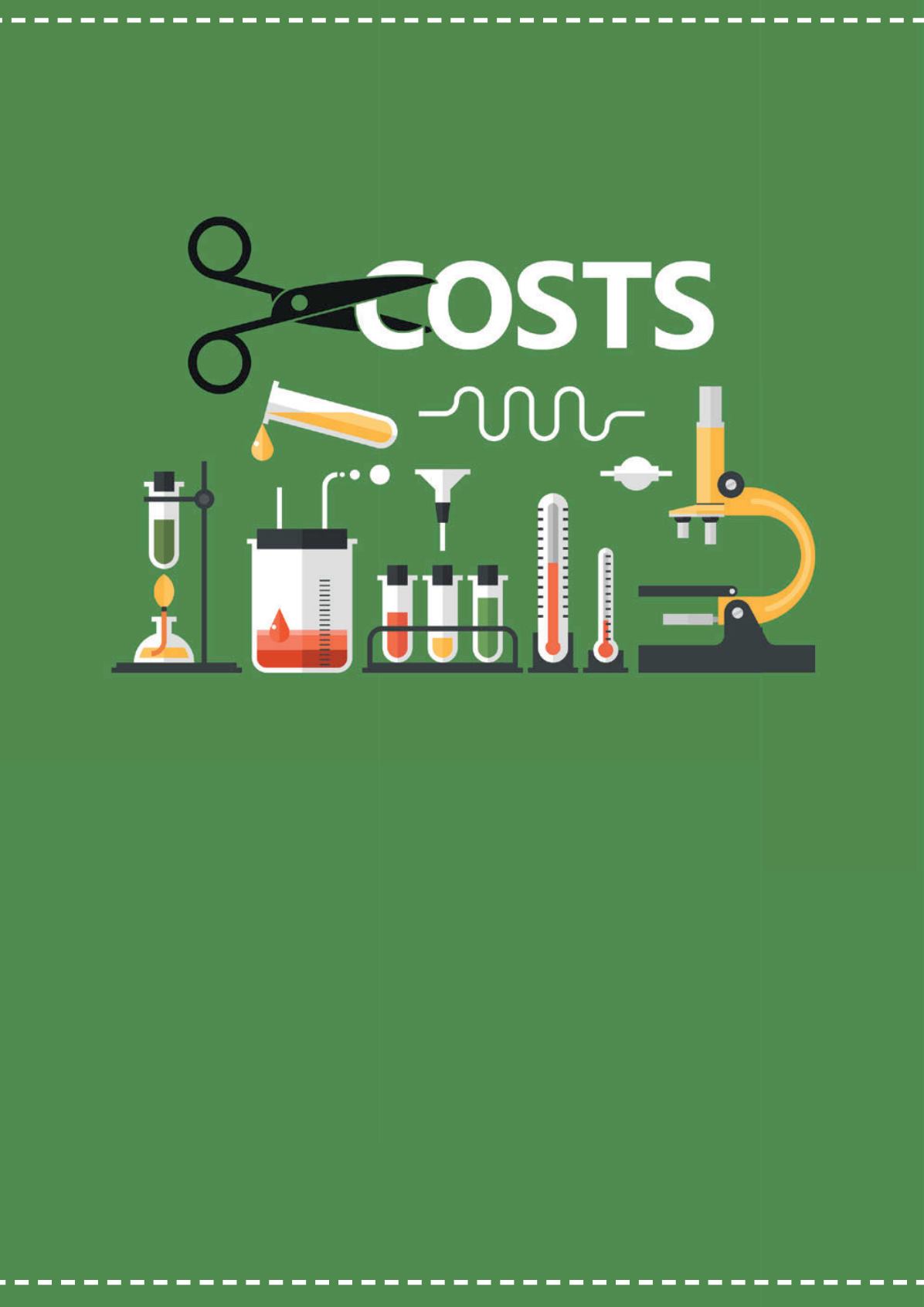
E
veryone in and near the oil industry today is defined as much
by the money they save as by how much they produce. With
oil prices shivering in the US$40s for a very long season,
companies up and down the food chain are looking to cost savings
and efficiencies in order to keep going.
But cost savings must not come at the expense of results.
Therefore, any new procedure that promises to cut costs and
improve results will merit a close look from companies needing
those services.
In the category of frack fluid chemicals, Bosque Systems in 2015
released a service that promises to both reduce costs and improve
production. The OptiFluids™ service aims to do this by offering
chemicals as a separate product from the package put forth by the
company pumping the frack water downhole.
Typically, frack chemicals pass through the hands of a
chemical reseller then the frack company on their way into the
formation – stops that each add costs to the producer. Because
the frack job is usually a turnkey operation, operators often accept
a predetermined mix for each completion without regard for
individual downhole conditions that may require a different formula
in order to maximise production.
Because the company has experience treating produced and
brackish water for re-use in fracturing, waterflooding and other
oilfield use and because members of its leadership team have
experience with chemical mix design, clients began requesting
help with frack fluid formulation. Some clients had become
frustrated with the lack of choice offered by their horsepower
providers and, because they were already Bosque customers for
water treatment, looked to the company for solutions with frack
chemicals.
The company’s engineers had already developed chemical
programmes designed to prepare water for reuse, especially in the
Permian Basin of west Texas and Southeast New Mexico. Because
fresh water resources are limited in those areas, producers there
found it necessary to recycle produced water. Without treatment,
that water damages the horsepower providers’ pumps and
equipment, so the company developed chemical treatments that
would clean up the water to make it useful.
In February of 2015 meetings began with chemical suppliers in
order to determine the lowest-cost supply chain options for getting
the top-performing actives in the industry. During that time engineers
started the process of designing chemical feed units, based on
CUTTING
CHEMICAL
PAUL WISEMAN, BOSQUE SYSTEMS, USA, SHOWS HOW UNBUNDLING CHEMICALS FROM
THE FRACK PACKAGE GIVES PRODUCERS MORE CONTROL AND REDUCES COSTS.
|
51


